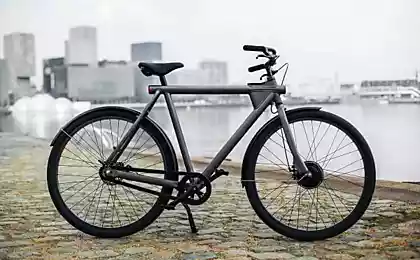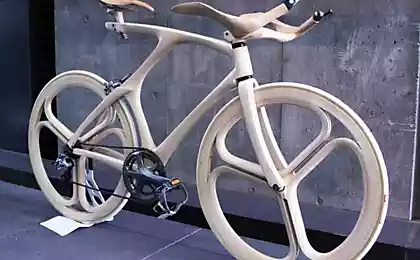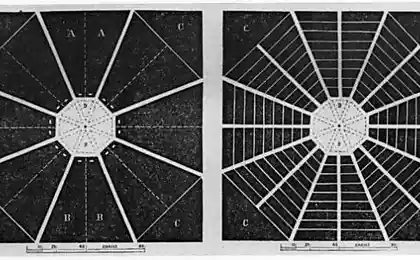478
European cities without cars
In some cities of Europe to travel by car is inconvenient. For example, in London, according to This Is Local London, the average vehicle speed 16 km/h, and according to the Telegraph, the average motorist spends 20 minutes searching for a Parking space. This is a 5 days of continuous whirling around the city in a year, if Parking needed once a day (for the second time at home).
The administration of some cities makes streets more comfortable for pedestrians than for cars. In Madrid prescribe penalties, in Helsinki do the public transport network in Milan and pay for those who commute to work by bus. All in order.
Madrid

Photo: Jesus Solana
In Madrid were allowed to drive through the main streets only to residents of these streets. If someone violates, the penalty is 100€. So machines released 2 km2 of the streets. This phase of the program, which will be free from the machinery of the Central part of the city within 5 years. The busiest city streets remake for the convenience of pedestrians. Already owners of vehicles with large CO2 emissions, pay more for Parking.
Paris

Photo: Taylor Miles
In Paris last year banned to drive the cars with the even numbers of the rooms. And the next day allowed. But forbidden to leave the cars with odd numbers. Liked the idea, but not caught. Then they forbade the visitors to come to the Central part of the city at the weekend. Probably soon this rule will apply to all week.
By 2020, the mayor plans to double the number of bike lanes, ban diesel engines and some streets open only to electric.
In 2001 the car was used 60% of the Parisians, and now only 40.
Chengdu

Photo: David Chao
Near Chengdu, in southwest China, will build a small town. He will serve as an example of modern urban planning. The car will be, but need not in them. Offices, schools, shops — everything is within walking distance. The city will be divided into self-contained parts. Think of the project Helsinki, there will be the same.
Plan of the city designed by the architects from Chicago — Adrian Smith and Gordon Gill (Adrian Smith, Gordon Gill). The city is designed for 80 000 people.
Hamburg
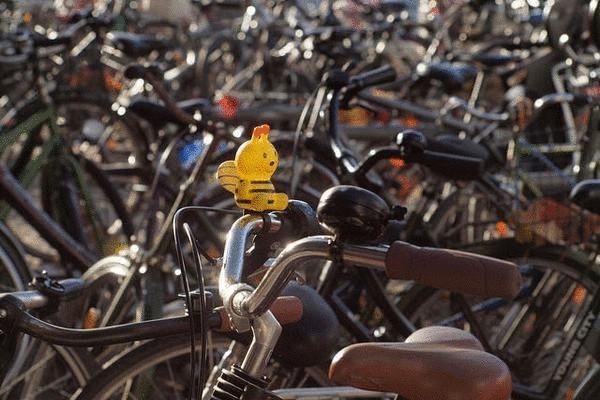
Photo: rauter25
In Hamburg do not want to get rid of the machines. But plan for 15-20 years to make a network of parks, which will link remote parts of the city. People will walk and ride bikes. And there cover the A7 motorway parks: hide it under the roof, and the top thrown trees.
Helsinki
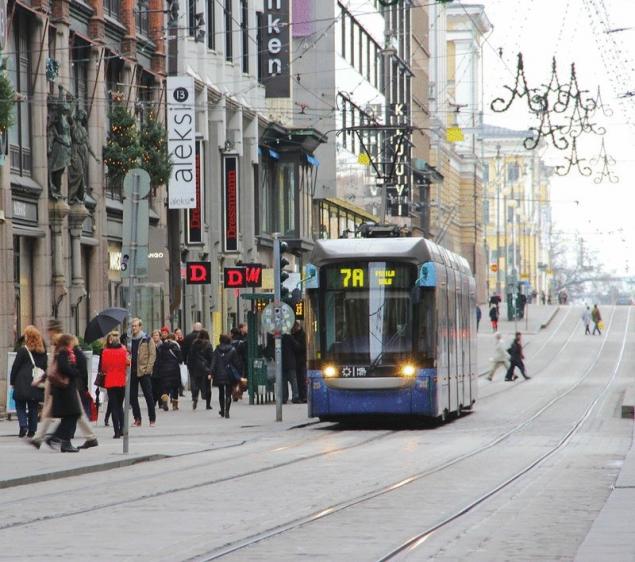
By 2050, Helsinki will be divided into clusters. Each will have its own business center, residential areas, schools and hospitals. Between them, the citizens will walk or ride bicycles.
And now there is a "bus on call" and will soon launch an application for smartphones that will plan journeys on public transport.
Milan
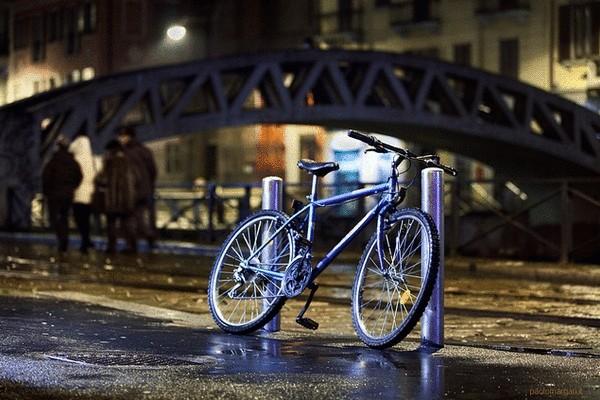
Photo: Paolo Margari
Then the owners left the house machine will pay for public transport. It's not as good as fee-for Cycling, but too bad.
Copenhagen
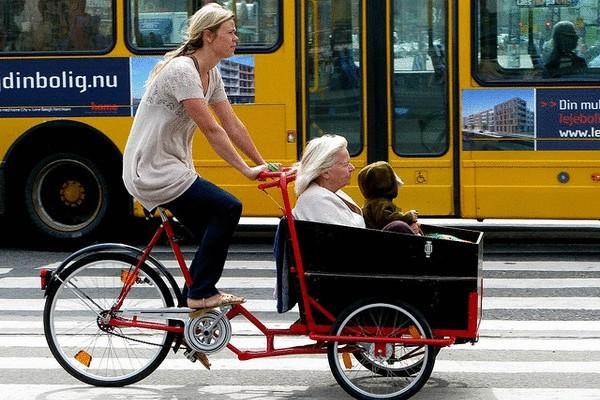
Photo: Colville Andersen
In Copenhagen 40 years ago it was the same smoky, like everywhere else. But now more than half of residents travel by bike.
First street "for pedestrians only" appeared here in the 60 years of the twentieth. Since then, their number increased.The city's 200 kilometers of bike lanes. In addition to these built walkaway which people will go to the suburbs and back.
Compared to other European capitals, Copenhagen is less likely car owners.
Healthy skepticism says, "the car will not give any one big city!". With it will not argue. However, the examples suggest that city planners remember: cities for people not for cars.
Source: thinkgreen.ru
The administration of some cities makes streets more comfortable for pedestrians than for cars. In Madrid prescribe penalties, in Helsinki do the public transport network in Milan and pay for those who commute to work by bus. All in order.
Madrid

Photo: Jesus Solana
In Madrid were allowed to drive through the main streets only to residents of these streets. If someone violates, the penalty is 100€. So machines released 2 km2 of the streets. This phase of the program, which will be free from the machinery of the Central part of the city within 5 years. The busiest city streets remake for the convenience of pedestrians. Already owners of vehicles with large CO2 emissions, pay more for Parking.
Paris

Photo: Taylor Miles
In Paris last year banned to drive the cars with the even numbers of the rooms. And the next day allowed. But forbidden to leave the cars with odd numbers. Liked the idea, but not caught. Then they forbade the visitors to come to the Central part of the city at the weekend. Probably soon this rule will apply to all week.
By 2020, the mayor plans to double the number of bike lanes, ban diesel engines and some streets open only to electric.
In 2001 the car was used 60% of the Parisians, and now only 40.
Chengdu

Photo: David Chao
Near Chengdu, in southwest China, will build a small town. He will serve as an example of modern urban planning. The car will be, but need not in them. Offices, schools, shops — everything is within walking distance. The city will be divided into self-contained parts. Think of the project Helsinki, there will be the same.
Plan of the city designed by the architects from Chicago — Adrian Smith and Gordon Gill (Adrian Smith, Gordon Gill). The city is designed for 80 000 people.
Hamburg

Photo: rauter25
In Hamburg do not want to get rid of the machines. But plan for 15-20 years to make a network of parks, which will link remote parts of the city. People will walk and ride bikes. And there cover the A7 motorway parks: hide it under the roof, and the top thrown trees.
Helsinki

By 2050, Helsinki will be divided into clusters. Each will have its own business center, residential areas, schools and hospitals. Between them, the citizens will walk or ride bicycles.
And now there is a "bus on call" and will soon launch an application for smartphones that will plan journeys on public transport.
Milan

Photo: Paolo Margari
Then the owners left the house machine will pay for public transport. It's not as good as fee-for Cycling, but too bad.
Copenhagen

Photo: Colville Andersen
In Copenhagen 40 years ago it was the same smoky, like everywhere else. But now more than half of residents travel by bike.
First street "for pedestrians only" appeared here in the 60 years of the twentieth. Since then, their number increased.The city's 200 kilometers of bike lanes. In addition to these built walkaway which people will go to the suburbs and back.
Compared to other European capitals, Copenhagen is less likely car owners.
Healthy skepticism says, "the car will not give any one big city!". With it will not argue. However, the examples suggest that city planners remember: cities for people not for cars.
Source: thinkgreen.ru











